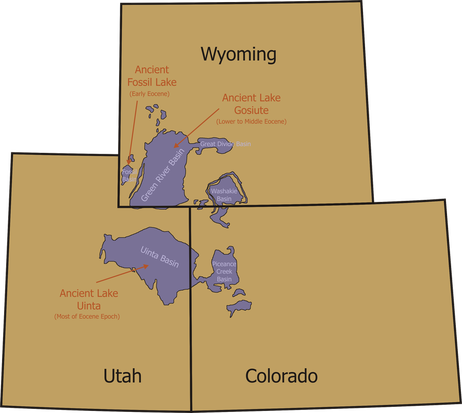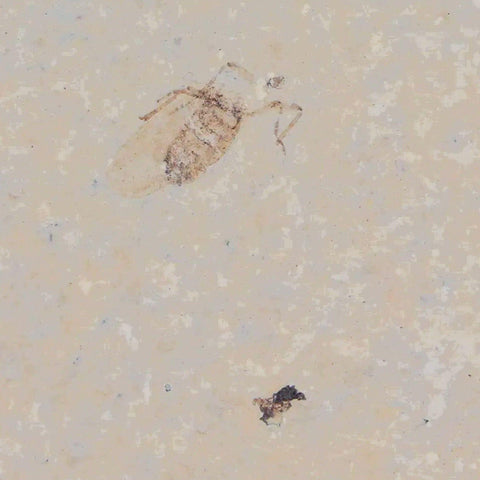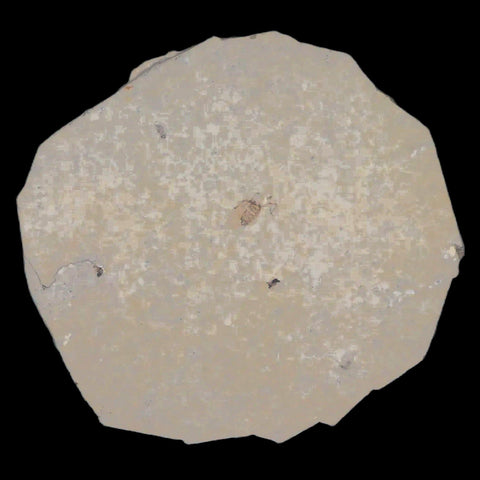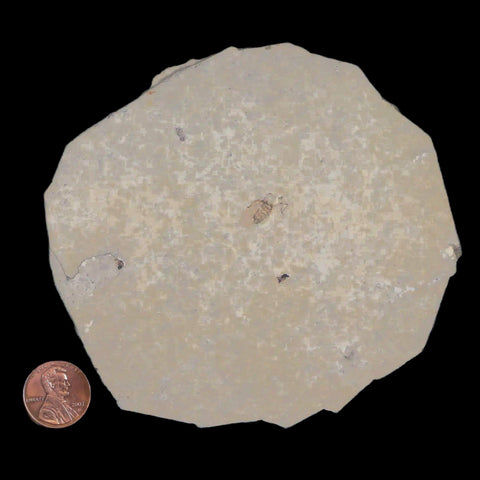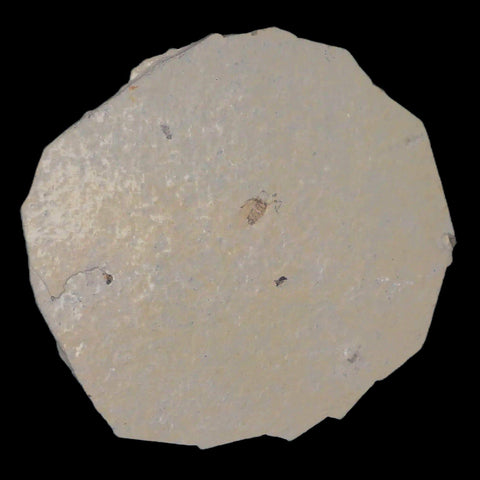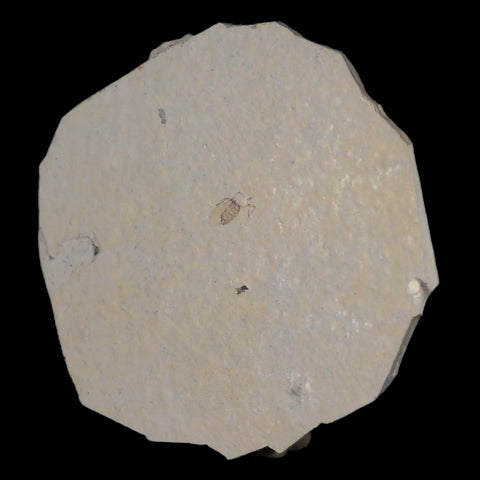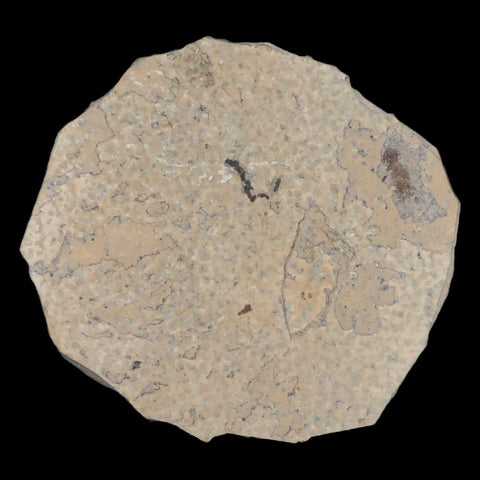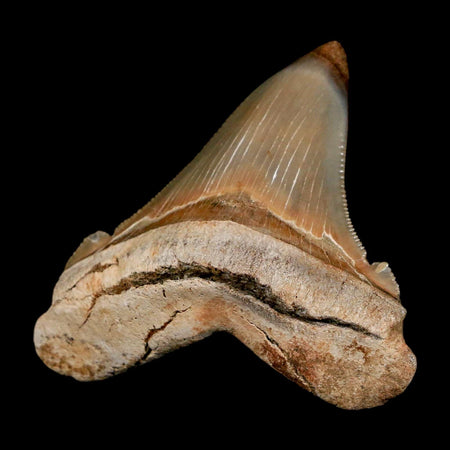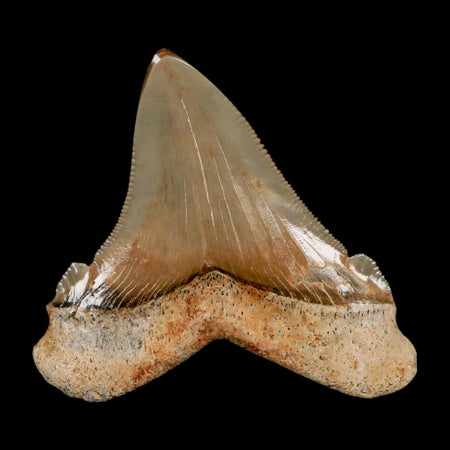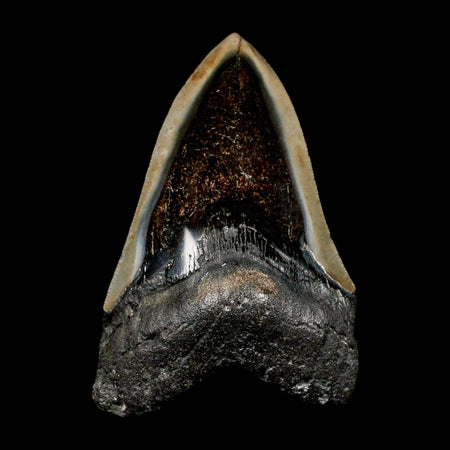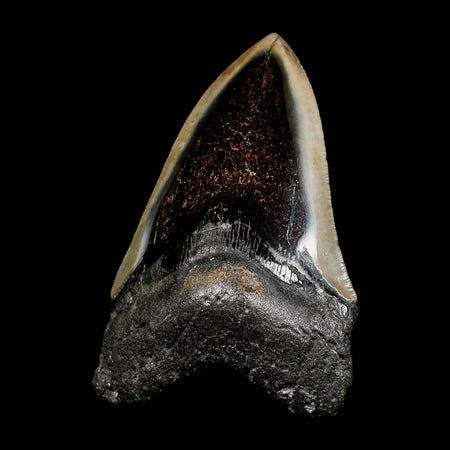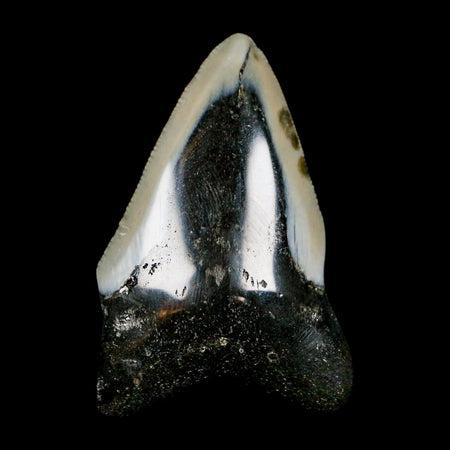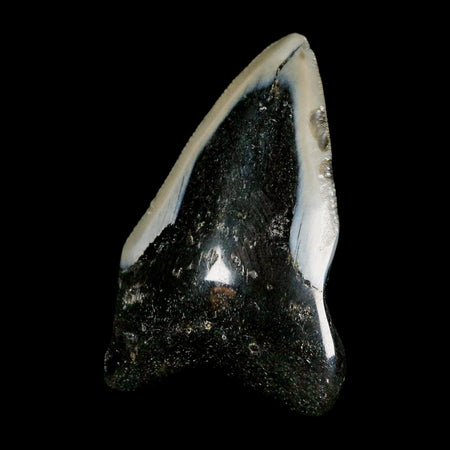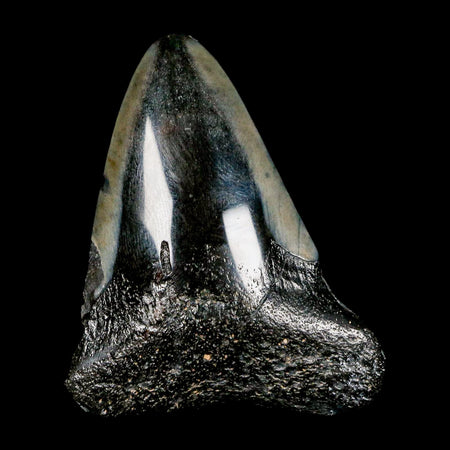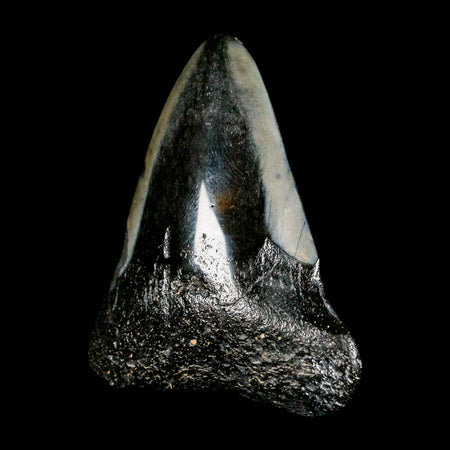0.4" Detailed Fossil March Fly Insect Green River FM Uintah County UT Eocene Age
Location: Uintah County, Utah
Weight: 3.4 Ounces
Dimensions: 4.2 Inches Long, 4.3 Inches Wide, 0.2 Inches Thick (Plate)
Insect Dimensions: 0.4 Inches Long, 0.4 Inches Wide
The item pictured is the one you will receive.
This is a genuine fossil.
50 million years old Eocene age
March Fly Insect
Fifty million years ago ancient Fossil Lake existed in what is now southwest Wyoming. Of its estimated maximum extent of 930 square miles, approximately 500 square miles of sediment remains. The 230 square miles across the center of the ancient lake-bed contain exceptionally fossiliferous sediments and associated geologic features including deltas, beaches, springs, and rocks from the center and nearshore environments.
The unusual chemistry of the fossil lake prevented the decay and scavenging of dead organisms while millimeter-thick layers of alternating limestone matter slowly accumulated. The result is laminated limestones that contain the highest concentration of fossil fish in the world. These fish, other aquatic organisms, and associated geologic features make Fossil Lake the world's best Paleogene record of the freshwater lake ecosystem.
Since the discovery in the 1870's, many perfectly preserved fossil fish have been recovered. Preserved with the fish in the laminated limestone is a complete aquatic ecosystem: cyanobacteria, plants, insects, crustaceans (shrimp, crawfish, and ostracods), amphibians (frog and primitive salamander), alligators, turtles, birds, and mammals, including the oldest pantolestid (otter-like animal). The subtropical terrestrial ecosystem surrounding the lake is also represented by rare fossils, including a horse, two snakes, lizards, two bat species, birds, apatemyid (an arboreal insectivore), miacad (primitive carnivore), insects, and more than 325 types of leaves, seeds, and flowers.
